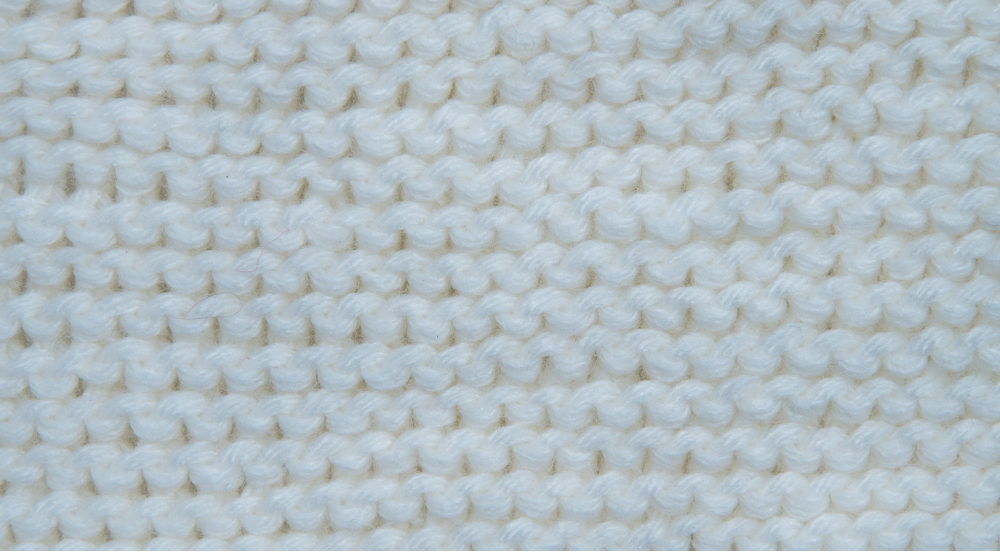
Category: FIBRES
Country: United States
By Warren Shoulberg
Contributing Editor
8th February, 2024
“We’ve spent the past ten years working on a better system,” Marc Lewkowitz, President and CEO of Supima, was saying on his recent Home Textiles Today webinar. “And now we can prove Supima cotton is Supima cotton.”
Traceability and accountability have been the holy grail in the cotton business for decades as manufacturers using the fiber to make bed and bath and products, retailers selling those products and consumers buying them for their homes have wanted to know beyond a doubt that what that were getting was what was on the label.
Now, with Supima’s new initiatives in traceability testing and authentication, it has the means to prove it. Lewkowitz, in discussing a wide range of subjects regarding Supima’s incoming crop, the outlook for pricing in 2024 and branding initiatives (see Supima Outlook for ’24: The Long [Staple] and Short [Supply] Of It) also provided an update on the premium fiber marketing organization’s efforts to create a more viable way to certify the authenticity of its cotton.
“For the past forty years we had used a paper-based chain using documentation provided along the supply chain,” he said. “It was the best of the breed at the time.”
Supima has been working with Oritain, the global leader in forensic cotton verification since 2018. Oritain uses forensic chemistry and data science to test materials and finished goods for over 40 chemical markers related to environmental factors such as soil composition, climate, altitude, precipitation and more. In the past, every product that used Supima branded cotton had a paper trail that traced the production back to the fiber origin.
But now this paper chain of custody is being replaced by the TextileGenesis’ digital tracking platform, which uses an immutable and tokenized fiber-forward approach to traceability. Lewkowitz called Oritain and TextileGenesis perfect partners as collaboratively they provide that missing link to have confidence that the data and the identity of a product is credible.
Together the two platforms are part of Supima’s Project, which stands for Authenticity, Quality and Responsibility. Combining multiple technologies the new process takes traceability and transparency to a level never achieved before, the company says. Lewkowitz said Supima uses blockchain technology along with a “geo-chemical fingerprint” to “definitely prove the provenance of the cotton being used.”
In a White Paper on this process released last year, Supima said “The textile industry’s opaque supply chains are going out of style, as companies face regulatory requirements, consumer demand for transparency, and sustainability goals.”
In a recent study from consulting company PwC, “2021 Global Consumer Insights Survey,” 55% of consumers said they are actively choosing products with a traceable and sustainable origin. And the consultancy’s Global Consumer Insights Pulse Survey in June 2023 found that consumers are willing to pay a premium for traceable or transparent goods: Three-quarters would pay 5% more, and 30% would spend over 10% more.
Lewkowitz said brands using Supima can now be confident in what they are selling. Consumers seeing the iconic Supima logo, now accompanied by its new symbol that documents sustainability will know what they are getting. “It’s kind of like the Nike Swoosh.”
Courtesy: Hometextilestoday.com
Copyrights © 2025 GLOBAL TEXTILE SOURCE. All rights reserved.